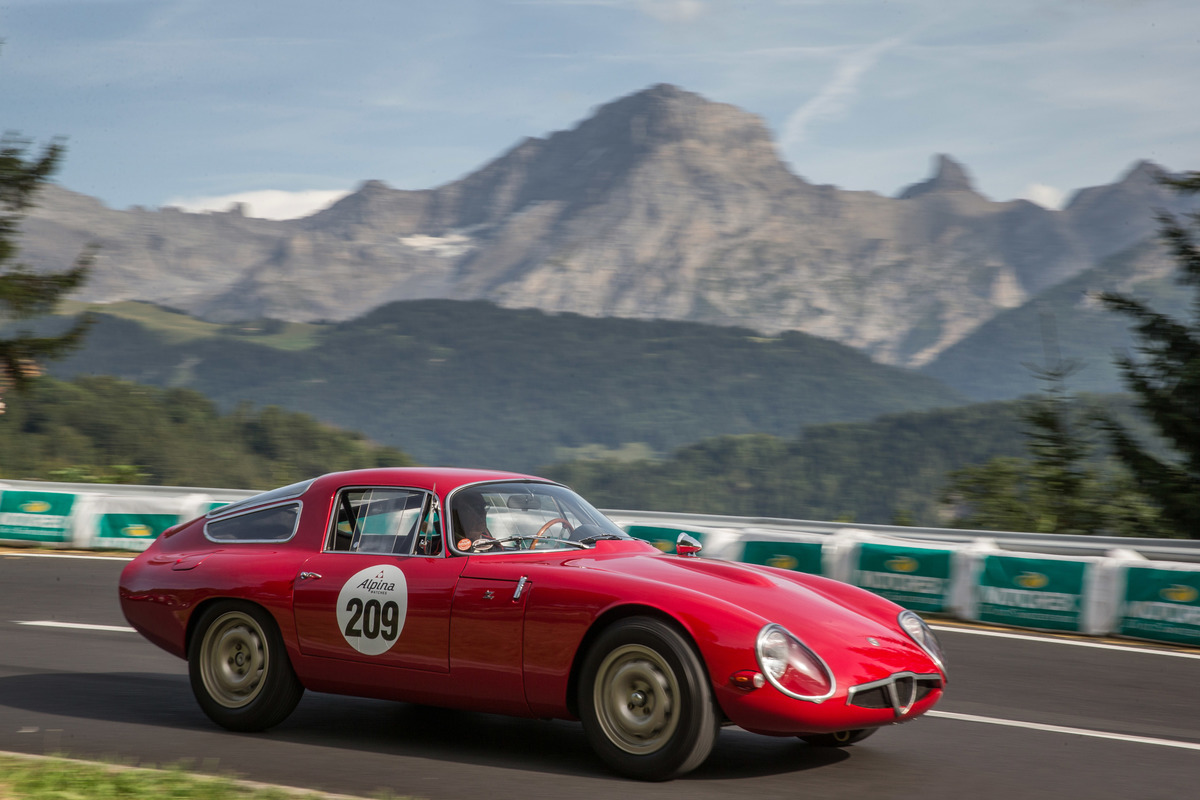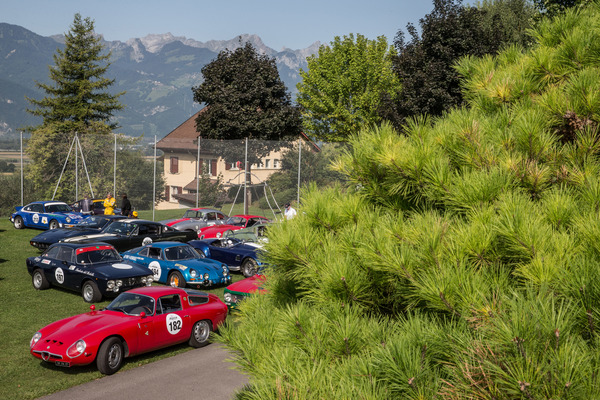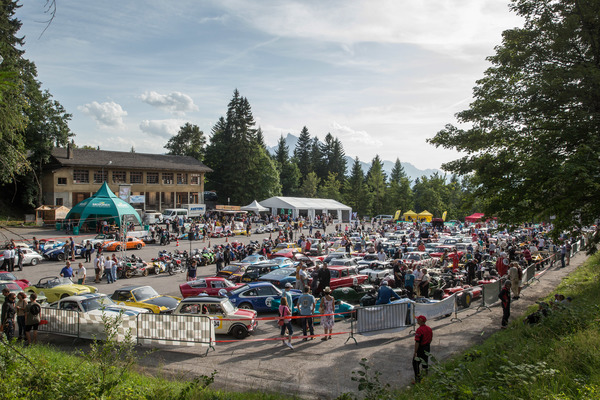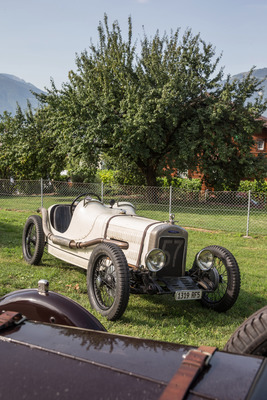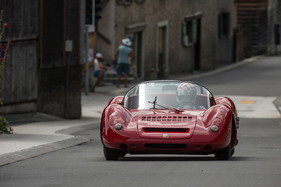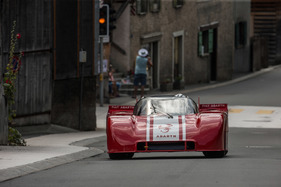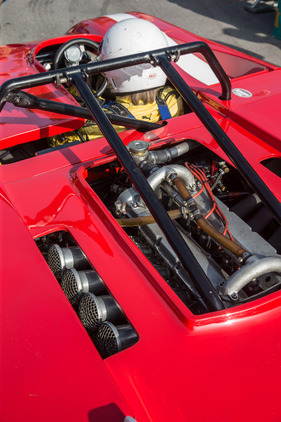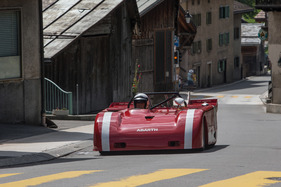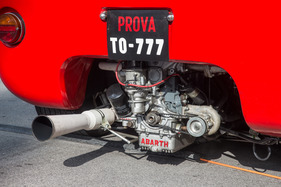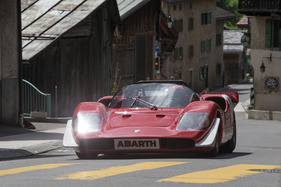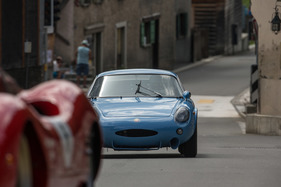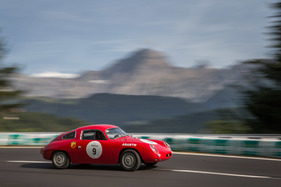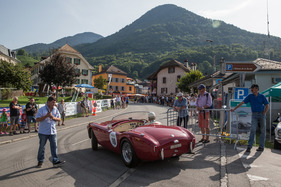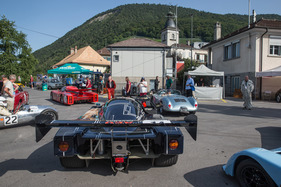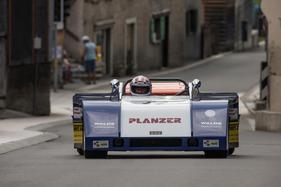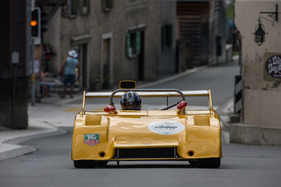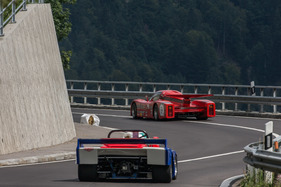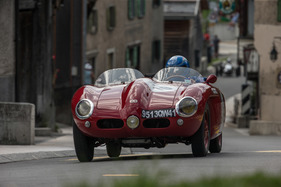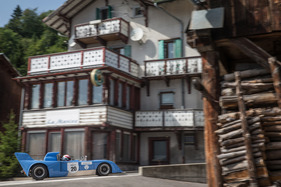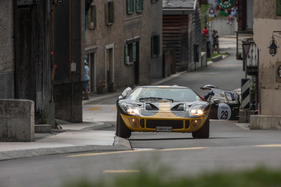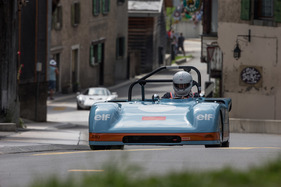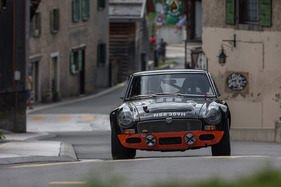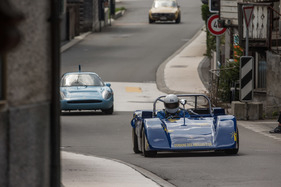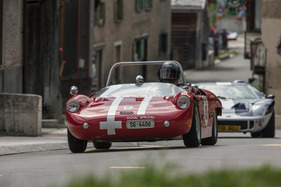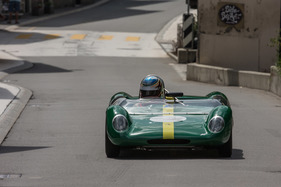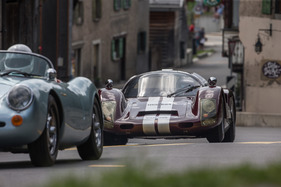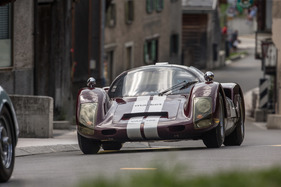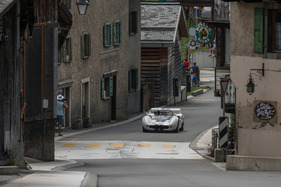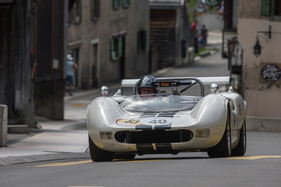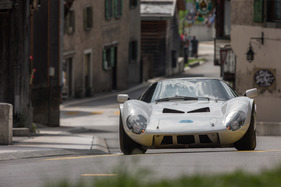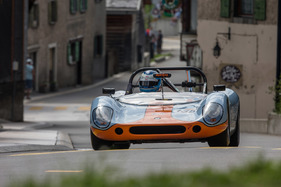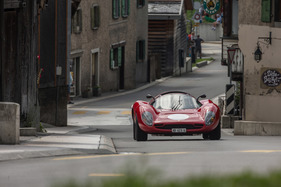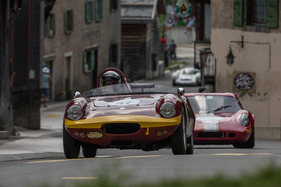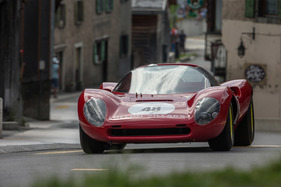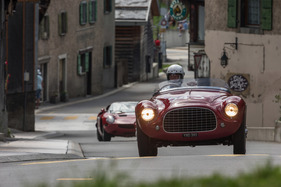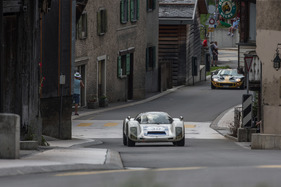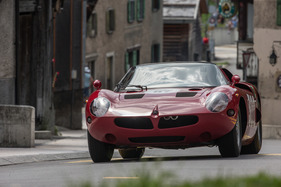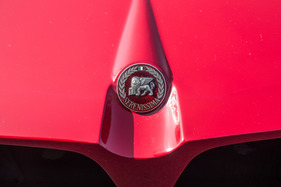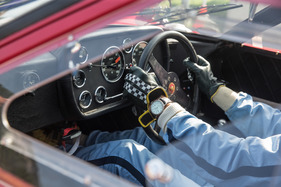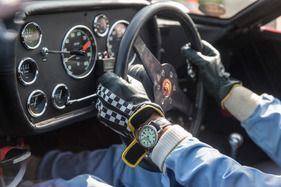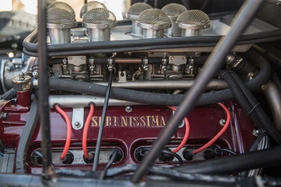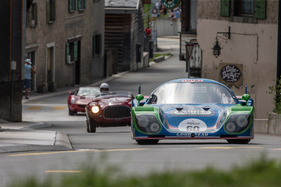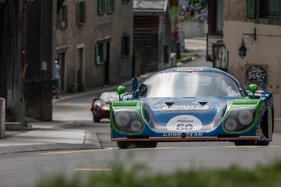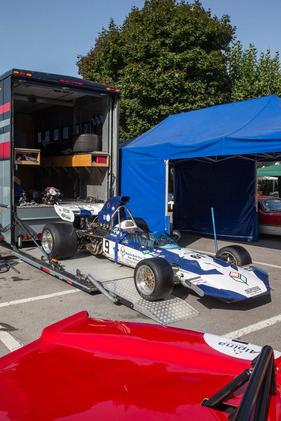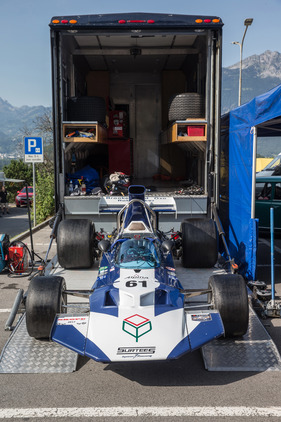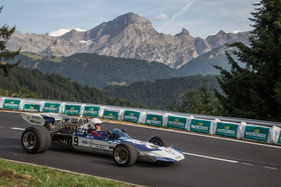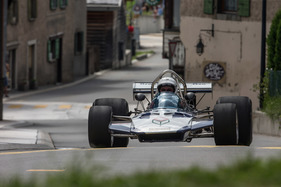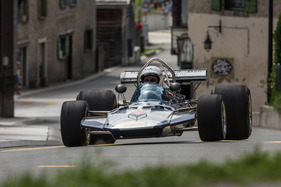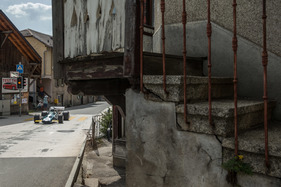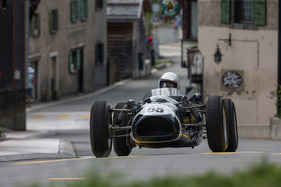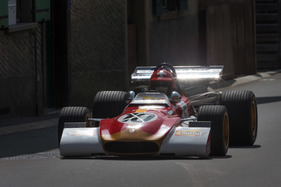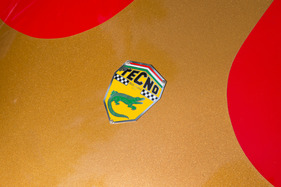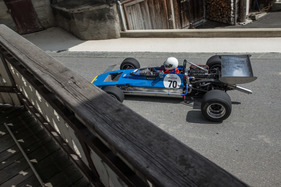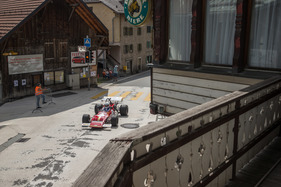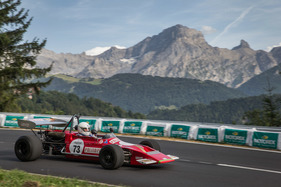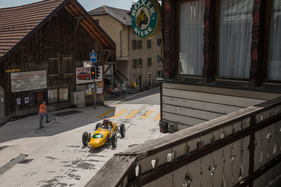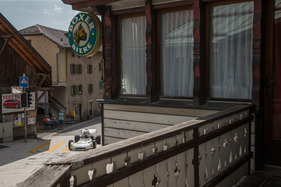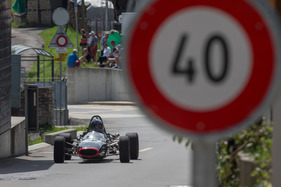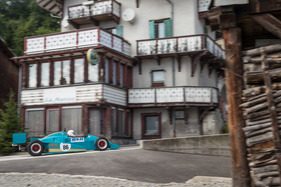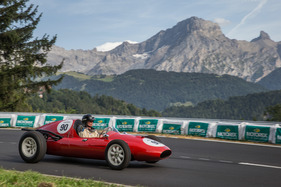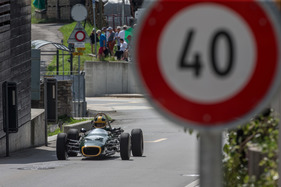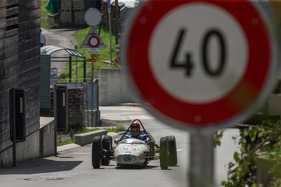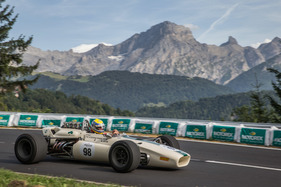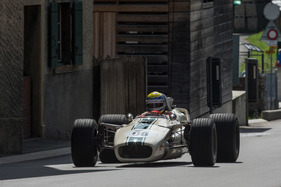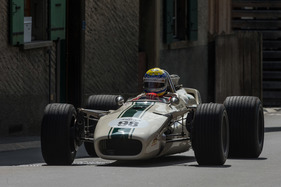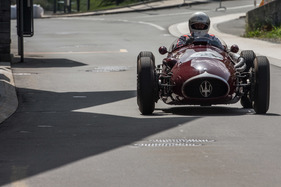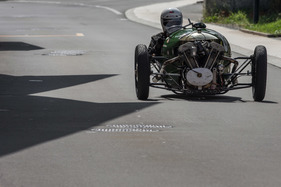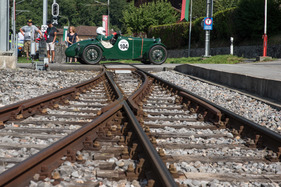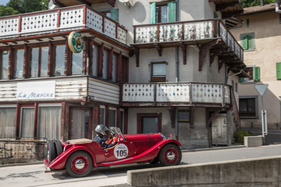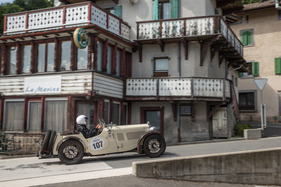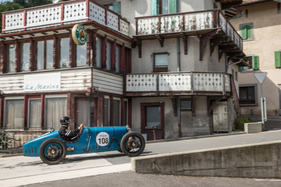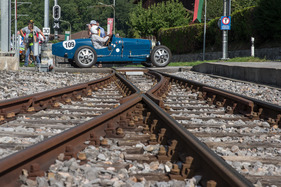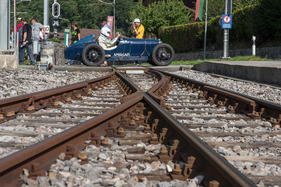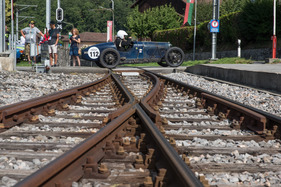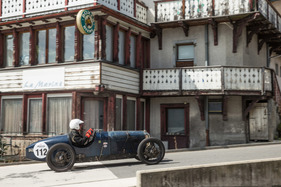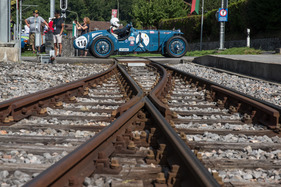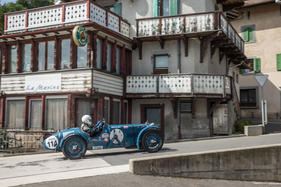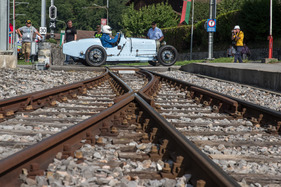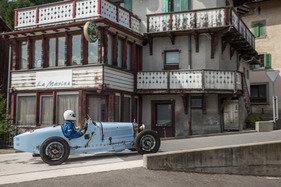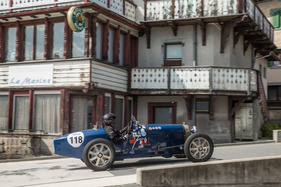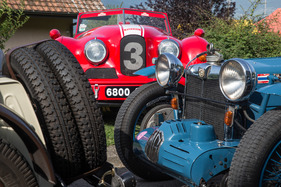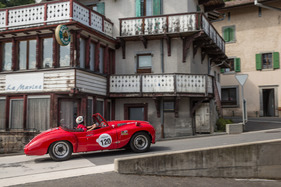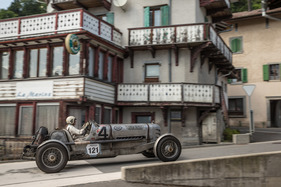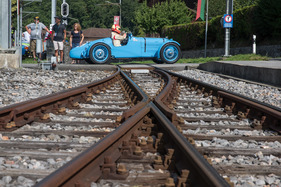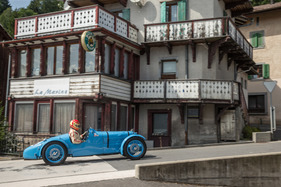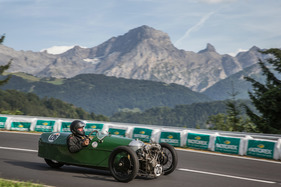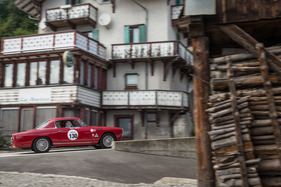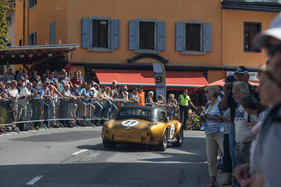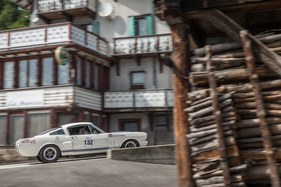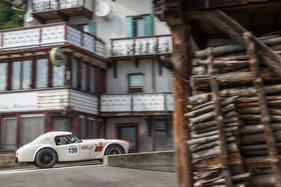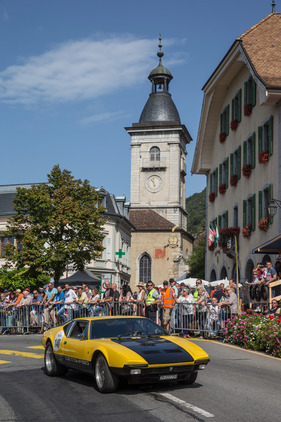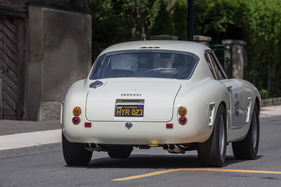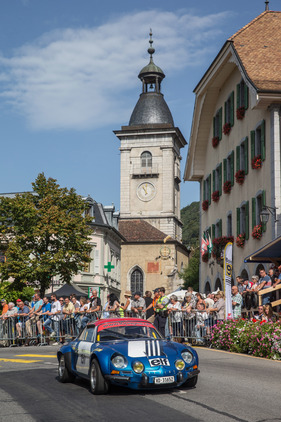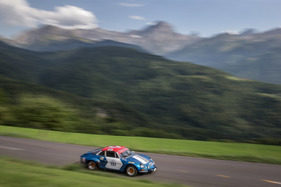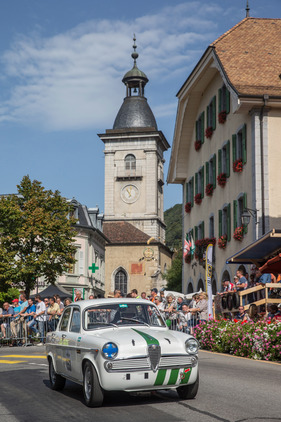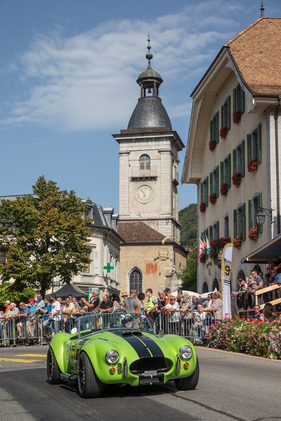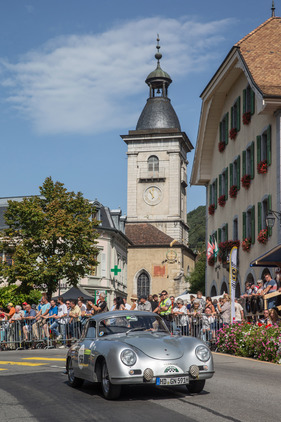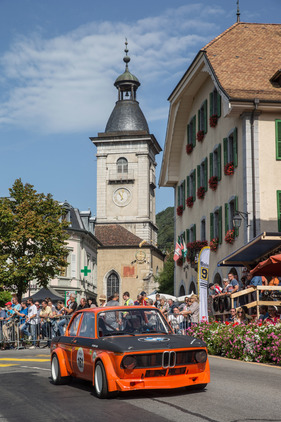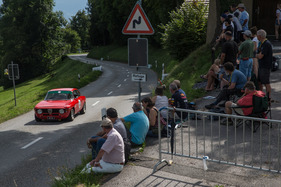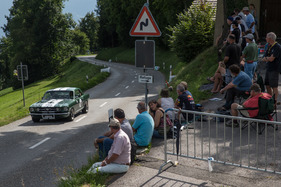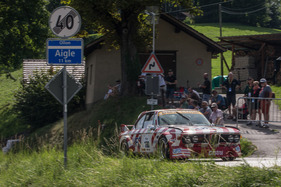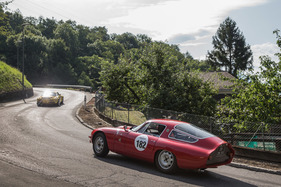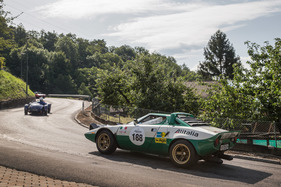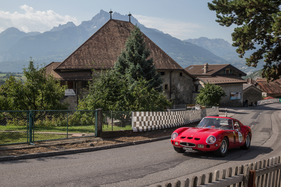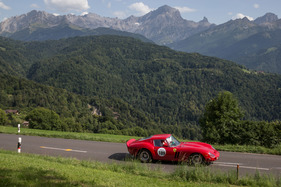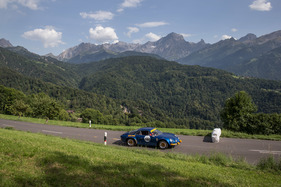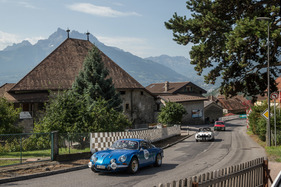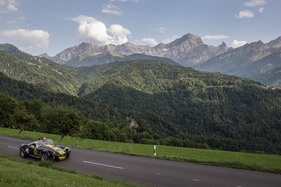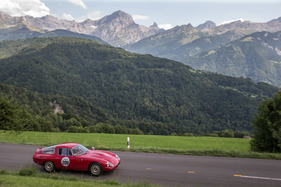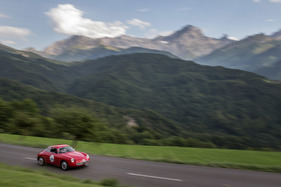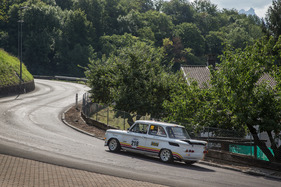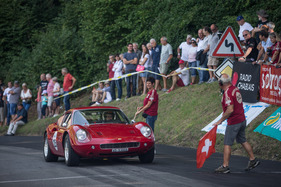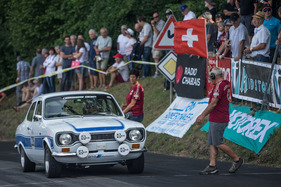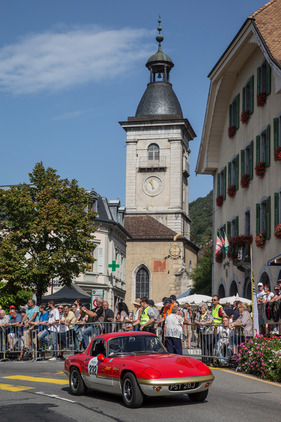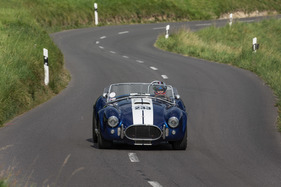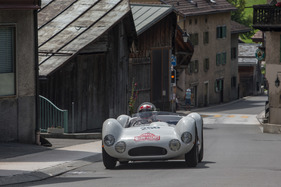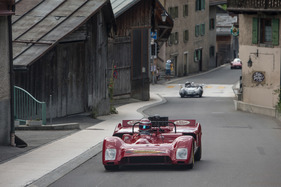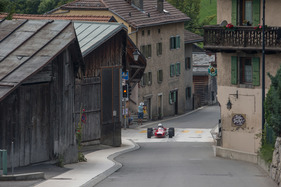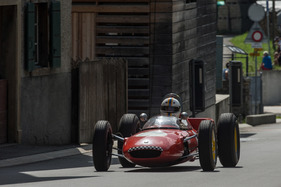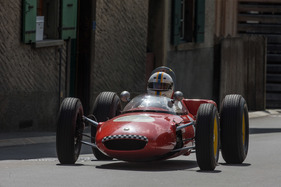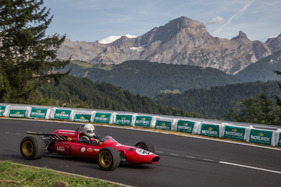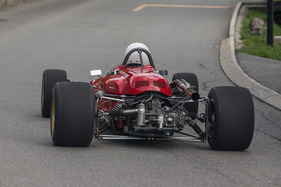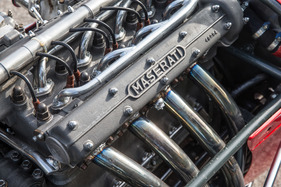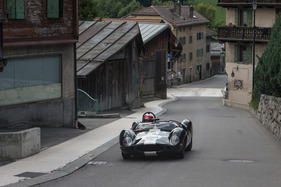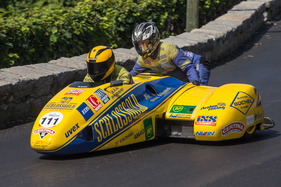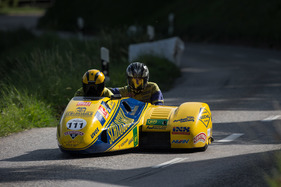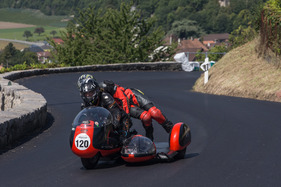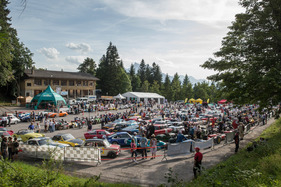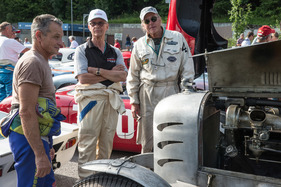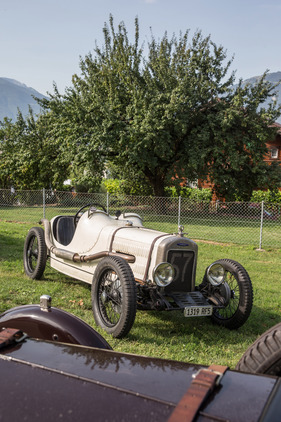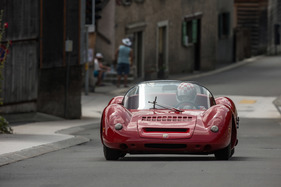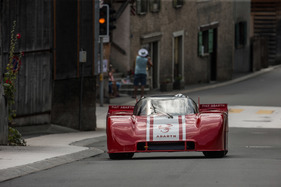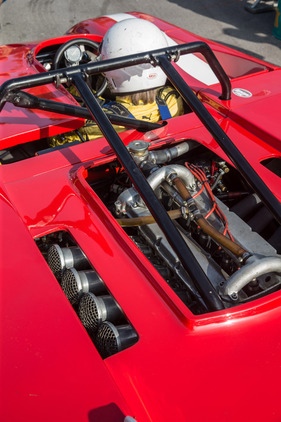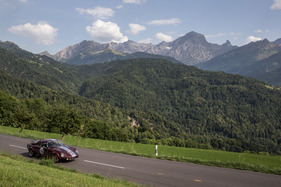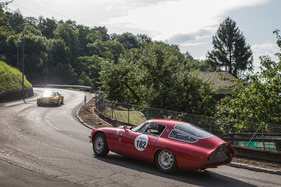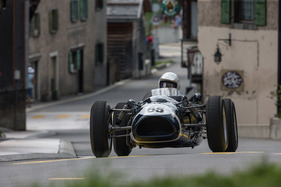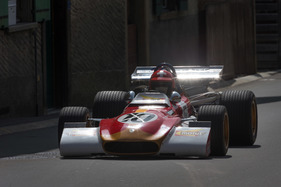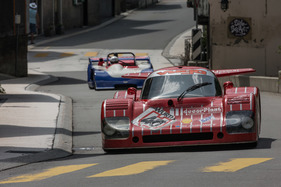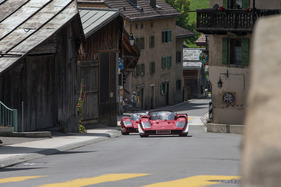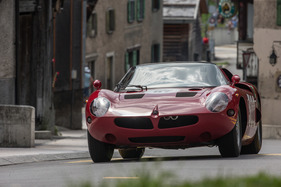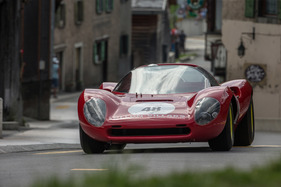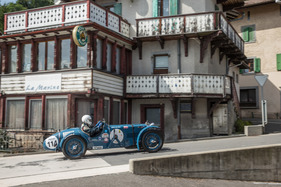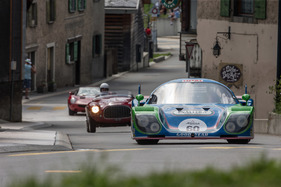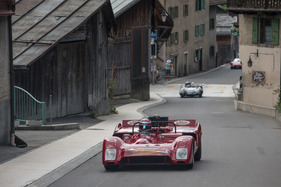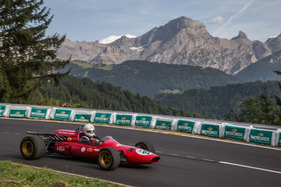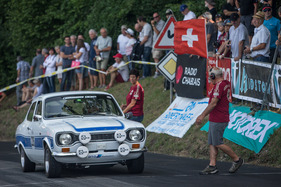The hill climb from Ollon to Villars took place a total of ten times. It began in 1953 and ended in 1971 as a European championship race with the course record of the unforgotten Frenchman Francois Cevert, who covered almost exactly eight kilometers in three minutes, 47 seconds and 5 hundredths of a second at an average speed of 126.875 km/h.
Driving in a mountain paradise
The route is located in the heart of the Swiss Alps, around 100 kilometers from Geneva and 200 kilometers from Zurich, and leads from the winegrowing village of Ollon to Villars, the renowned winter and summer sports resort.
Thanks to the great atmosphere and wonderful panoramic views of Mont Blanc and Les Dents du midi, the famous and prestigious mountain race attracts up to 40,000 people each year. This also made the race an international event.
Challenging course
The "Retrospective Ollon-Villars" took place for the first time 10 years ago. This hill climb is now regarded as one of the best among historic riders, as the approximately eight-kilometre route is very varied and offers not only hairpin bends but also many fast sections.
Three of the critical points were defused with artificial chicanes and the passage through Huémoz was completely neutralized. But with this route length, the few hundred meters are not important.
Attractive starting field
The line-up of around 250 cars was certainly impressive and, thanks to many racing cars from French-speaking Switzerland and nearby France that are less well-known in German-speaking Switzerland, featured many real gems. As is usual for hill climbs, the spectators were mainly concentrated in the start and finish area.
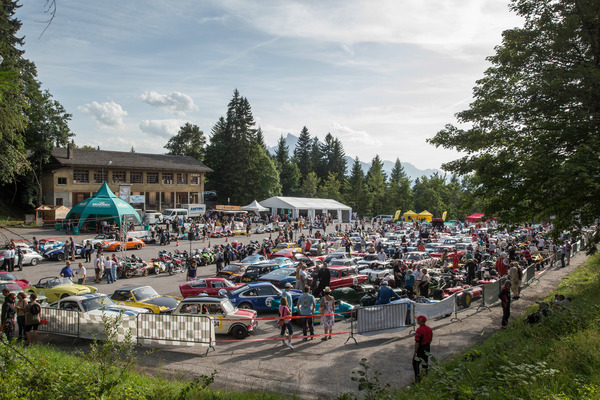
However, it was possible for everyone to change the course, as the road was opened to all road users for around two hours between the heats. The discipline was excellent, so there were no delays at all.
Famous vehicles and famous drivers
In terms of the vehicles on offer, the Ferguson P99 was certainly of great interest as the first four-wheel drive monoposto. Stuart Rolt, son of Tony Rolt, drove the car with which Jo Bonnier set a new track record of 4:23.000 in 1963, 54 years ago.
The ex-Regazzoni Formula 2 Tecno from 1970 was driven by Daniel Müller, the son of the unforgotten Herbert Müller.
Herbert started a total of five times in Ollon-Villars. In 1960 still on two wheels with a Norton. Then in '62 with the Porsche RSK 1600, in 1963 in the Porsche Abarth, in 1965 in the Porsche 904 GTS and in 1967 with the Ferrari 330 P3.
The four Sauber sports cars C2, C3, C6 and C9 were also interesting. The latter two of which are not really suitable racing cars.
An entire Abarth package was also at the start.
As always, Engelbert Möll's excellently prepared vehicles were once again a feast for the eyes and ears.
The Serenissima also joined in. A vehicle that is not only unique, but also visually and technically highly interesting. And the Ferrari 206 SP from 1966 was already present at the events in the 1960s, when Ollon-Villars was part of the European Hill Climb Championship.
The pre-war faction was also impressive, featuring not only several six-cylinder Amilcars, but also a genuine MG K3, along with many other exciting vehicles from the 1920s and 1930s, such as the MG TB Monaco from 1939.
And the fact that four-time Le Mans winner Henri Pescarolo drove his Inaltera up the hill was the real icing on the cake.
The Ceggas
Eight cars from Scuderia Cegga, the two racing car builders Claude and Georges Gachnang, were also on display. These included the Cegga Maserati Birdcage from 1960, the Cegga Maserati sports car from 1968 and the Cegga Maserati F1 from 1964.
Cegga produced a total of two F1 racing cars. The first was built in 1961 and was driven by the Swiss Maurice Caillet in practice in April 1962 at the Grand Prix de Pau, a race that did not count towards the World Championship. However, he was unable to qualify for the race. A few months later, it suffered the same fate at the Gran Premio di Napoli, whereupon the F1 project was discontinued.
The fact that these cars still exist and can be driven is almost a miracle in itself. And it is no coincidence that these racing cars were at the start in Ollon-Villars.
Actually a must-see
Ollon-Villars is certainly a historic racing event with a great future, because thanks to good organization and a great track, coupled with a rich tradition, the retrospective has developed into an event that should definitely be remembered.
